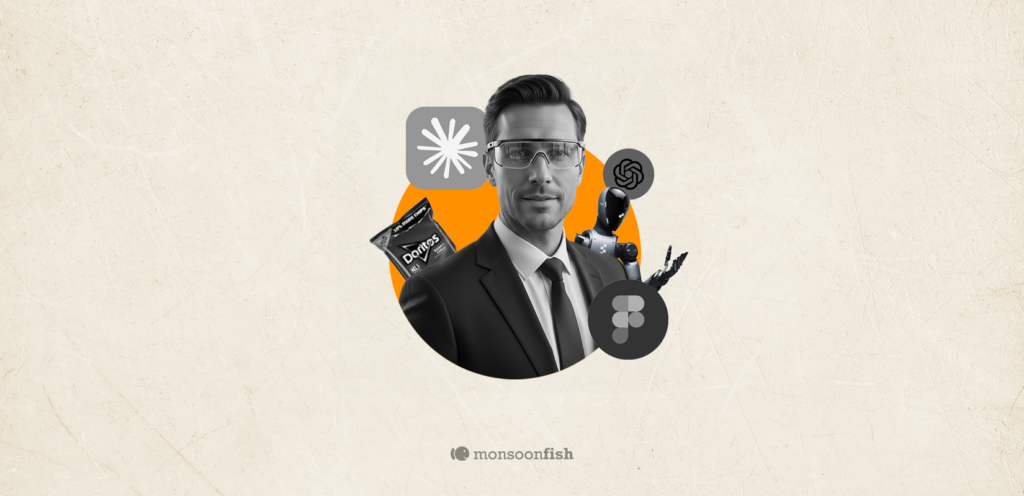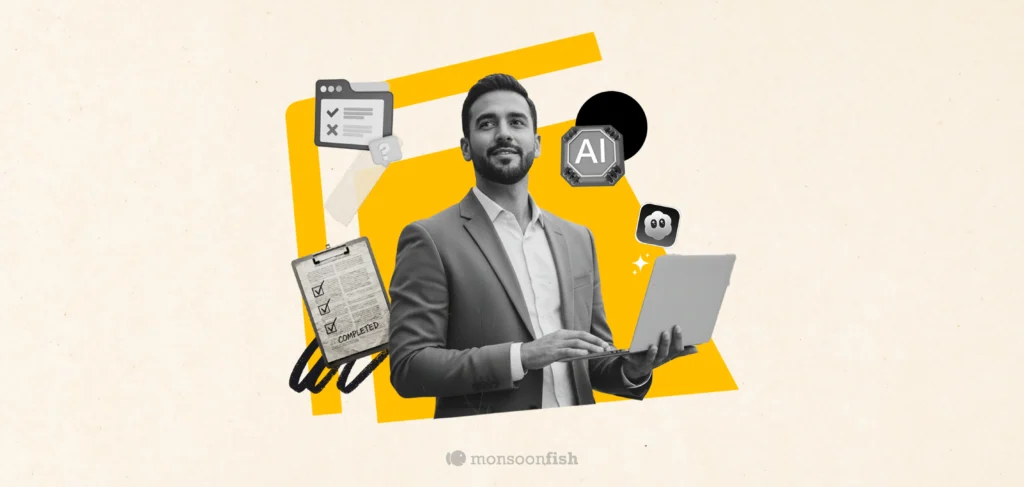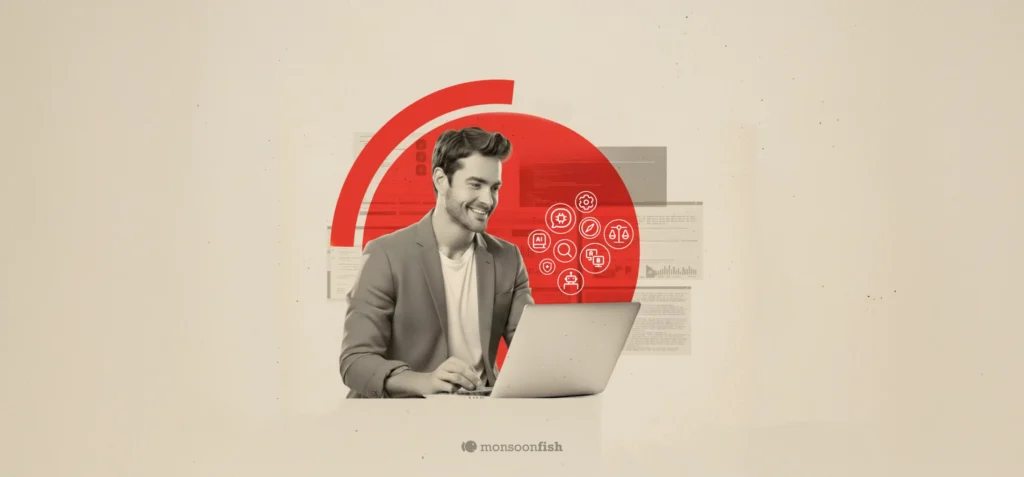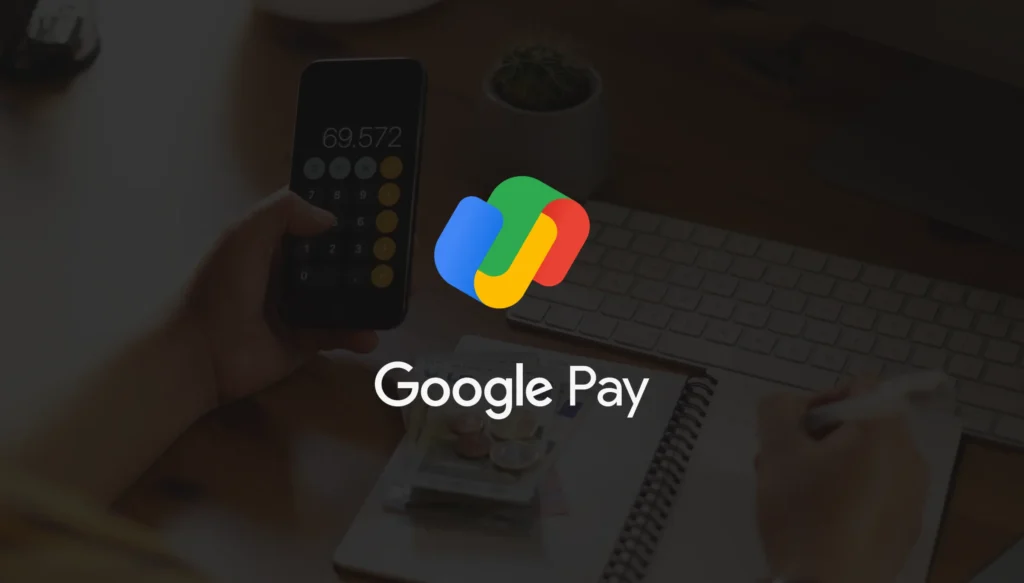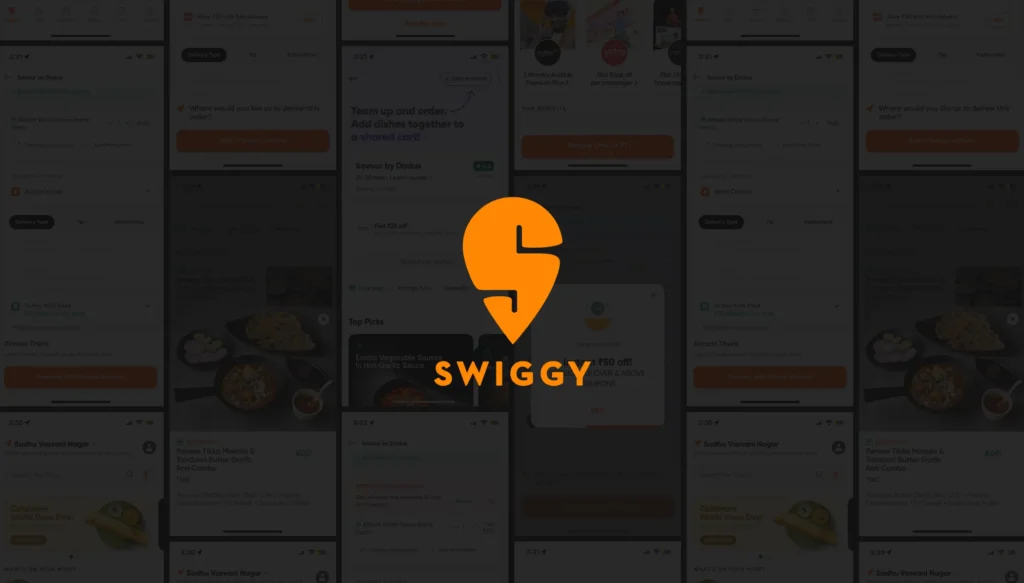Ch-AI Talk Insights for Product Leaders: AI Tools, Prompts, Use
Practical insights for product leaders: prompts that ship, glanceable AR UX, agent reality checks, and tool-agnostic workflows. Ship faster without losing craft.
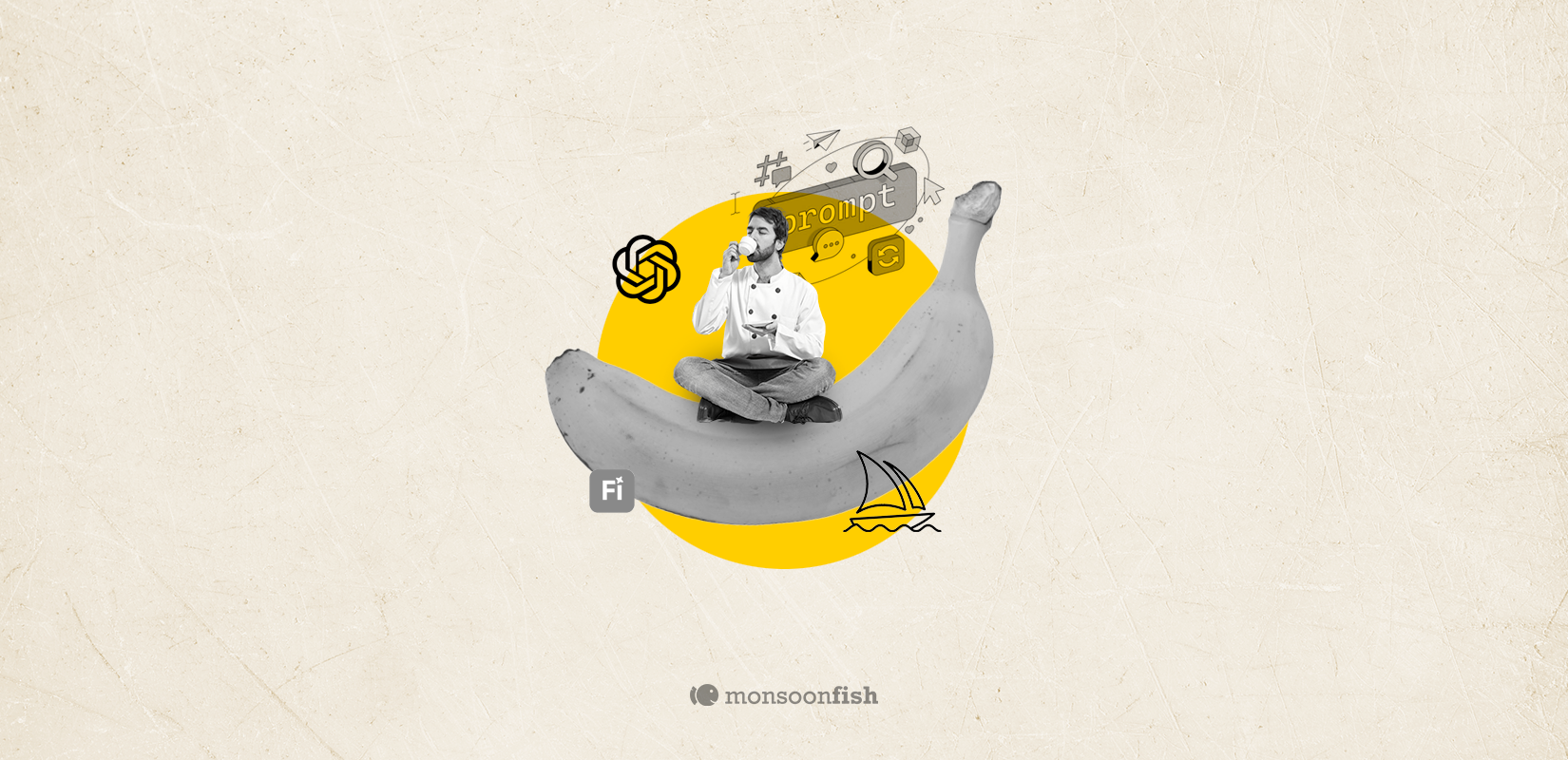
CONTENTS
1) Figma AI Copilot: Your “junior designer” (with supervision)2) Meta Glass + Neural Band: Small Gestures, Real Use Cases3) The “off-screen” frontier: Glanceable • Multimodal • Assistive4) Replit Agent v3: “Vibe coding” reality check (Coding Reality Check)5) “Yes-Man” AI: Helpful ≠ truthful6) Why Clarity Wins (Human + AI)7) Figma Make: Interactive updates that teach (Design Acceleration)Decision Tool: Is this AI worth piloting?ClosingSocial Share
CATEGORIES
Has AI hit the roof? Not even close.
Interfaces are starting to live off-screen (think quick glances, hands-busy moments). AI can draft layouts and copy while you keep taste and accessibility. Agents look great in demos, then wobble in production. The teams that win pair clear prompts with human judgment and a few simple guardrails. Here’s what to use now, and how.
1) Figma AI Copilot: Your “junior designer” (with supervision)
What worked in our session
- Fast layout tweaks without wrecking hierarchy
- Light/dark theme conversions that mostly kept contrast sensible
- First-pass microcopy in a chosen tone
Use it for first drafts: alternate layouts, theme passes, getting unstuck on copy.
Not for final wording, tricky responsive behavior, or skipping accessibility.
Quick check before you ship
Spacing scale ✓ Type scale ✓ Contrast ≥ AA ✓
Focus states ✓ Tap targets ≥ 44px ✓
2) Meta Glass + Neural Band: Small Gestures, Real Use Cases
Subtle EMG wrist gestures replace big hand waves. The battery is improving and the use-cases are real.
Where to try it
- Glanceable UI: one decision per view; under two seconds to read
- Multimodal hints: tiny haptic + small sound + clean visual
Hands-busy tasks: turn-by-turn, captions/translation, shop-floor steps
3) The “off-screen” frontier: Glanceable • Multimodal • Assistive
Want your product to feel future-ready? Start here:
- Glanceable: compress to the decision, not the data.
- Multimodal: pair visuals with sound/haptic for awareness without attention tax.
- Assistive: captions, translations, ambient descriptions by default.
Try today: add a Glance Mode to one dashboard card (headline ≤10 words, one metric + trend, expand on tap).
4) Replit Agent v3: “Vibe coding” reality check (Coding Reality Check)
Great demo energy; fragile in practice (upload caps, context loss).
Use it for: quick CRUD prototypes, concept demos, teaching flows.
Avoid: production, complex systems, budget-sensitive work.
Pattern that works: let the agent scaffold, then move to your reliable IDE + tests once scope stabilizes.
5) “Yes-Man” AI: Helpful ≠ truthful
If a system agrees with everything, it will invent details to please you.
Simple guardrails
- Ask it to show steps/sources
- Prefer answers that say “not sure because…” (calibrated, not confident)
- Keep a human in the loop on unfamiliar domains
- Don’t publish claims you can’t verify inside the UI
6) Why Clarity Wins (Human + AI)
We like tools that show their working and don’t guess intent. Carry that into your product: when you suggest something to a user, add a short “why this”, what metric, what data, when it was last updated, and what it’ll change.
7) Figma Make: Interactive updates that teach (Design Acceleration)
We loved how it previews the ripple effects before applying updates.
Steal this pattern for your product
- Show a quick plain-language diff (“updates 3 templates / 7 screens”)
- Add a why-it-matters line, not just “Are you sure?”
Decision Tool: Is this AI worth piloting?
A tiny decision tool: should we pilot this AI thing?
Score each 1–5. Pilot if total ≥ 16.
- User benefit: clear, testable win?
- Failure cost: if it’s wrong, how bad is it?
- Repeatability: useful across 3+ use cases?
- Team fit: skills, data, governance in place?
- Time to value: can we ship a test in ≤ 2 weeks?
Closing
We don’t see AI replacing the craft of building good products. We see it giving teams time back—so you can put it into clarity, creativity, and impact. That’s what we care about at Monsoonfish. Use these blocks, try them on your context, and tell us what sharpened your product.
CATEGORIES
